To serve the growth target of 8.3-8.5% this year, but still ensure inflation control, macroeconomic stability and major balances of the economy , monetary policy plays a very important role.
To support growth, the banking sector must increase capital supply to the economy. This also forces regulators to face the problem of how to control capital flows into priority sectors and how to prevent banks from “racing” input interest rates when credit demand increases sharply.
Since the beginning of the year, the basic mobilization interest rate has been stable, loan interest rates have even decreased by 0.4%/year compared to the end of last year, and inflation is still under control.
However, inflationary pressures are rising, so increasing the money supply will only increase this pressure. Not to mention, the exchange rate is also under pressure due to the dual impact of economic factors and market psychology.
At the Government's online meeting last week, the Governor of the State Bank of Vietnam admitted that if pressure on exchange rates continues to increase sharply, the agency will consider not further reducing interest rates to avoid affecting exchange rate stability, thereby avoiding macroeconomic instability.
In addition to the interest rate issue, the issue of directing credit capital to priority sectors is also a big challenge. In the first 7 months of this year, credit increased by nearly 10%, nearly double the 6% increase in the same period last year. This increase is not hot, but the worrying thing is that if based on the financial reports of the second quarter of 2025 of commercial banks, real estate business loans increased by nearly 46% compared to the same period last year. The State Bank of Vietnam believes that the credit growth for real estate is higher than the average because in recent times, the Government has had many solutions to remove difficulties for this market. When many real estate projects are cleared of legal obstacles, the need for investment capital increases is inevitable.
The State Bank of Vietnam also affirmed that real estate credit is still safe. However, if this situation continues, it will easily lead to the risk of credit flow being out of sync.
Real estate in particular and infrastructure in general are attracting the most investment capital into the economy and both require medium and long-term loans. This will lead to the risk of term imbalance in the banking system. Therefore, the pilot removal of credit room from 2026, if there is no effective solution to control capital flow into risky areas, especially deep-rooted companies, will make the credit imbalance situation more unpredictable.
Obviously, removing the credit room is necessary and expected by the market, but how to remove the "room" while still directing capital flow into priority sectors is a big challenge.
To do this, perhaps, in the short term, the State Bank should only pilot the room removal with a group of banks that fully meet the criteria of operational efficiency, have good management and operational capacity, comply with safety ratios in banking operations and high safety credit quality index... In the long term, there needs to be a solution to develop the main pillars of the capital market, including credit, stocks and corporate bonds, to help reduce pressure on bank credit. Accordingly, sectors that need medium and long-term capital such as real estate, infrastructure... must open up capital mobilization channels through corporate bonds, local bonds and international loans... In addition, it is necessary to expand credit guarantee programs for small and medium-sized enterprises. This will help banks feel secure in granting credit, and help businesses access cheap capital, giving them more motivation to boldly invest in production and business, contributing to promoting economic growth.
Source: https://baodautu.vn/thach-thuc-lon-voi-chinh-sach-tien-te-d355260.html


![[Photo] General Secretary To Lam receives President of the Senate of the Czech Republic Milos Vystrcil](/_next/image?url=https%3A%2F%2Fvphoto.vietnam.vn%2Fthumb%2F1200x675%2Fvietnam%2Fresource%2FIMAGE%2F2025%2F11%2F21%2F1763723946294_ndo_br_1-8401-jpg.webp&w=3840&q=75)
![[Photo] National Assembly Chairman Tran Thanh Man holds talks with President of the Senate of the Czech Republic Milos Vystrcil](/_next/image?url=https%3A%2F%2Fvphoto.vietnam.vn%2Fthumb%2F1200x675%2Fvietnam%2Fresource%2FIMAGE%2F2025%2F11%2F21%2F1763715853195_ndo_br_bnd-6440-jpg.webp&w=3840&q=75)

![[Photo] Visit Hung Yen to admire the "wooden masterpiece" pagoda in the heart of the Northern Delta](/_next/image?url=https%3A%2F%2Fvphoto.vietnam.vn%2Fthumb%2F1200x675%2Fvietnam%2Fresource%2FIMAGE%2F2025%2F11%2F21%2F1763716446000_a1-bnd-8471-1769-jpg.webp&w=3840&q=75)
![[Photo] President Luong Cuong receives Speaker of the Korean National Assembly Woo Won Shik](/_next/image?url=https%3A%2F%2Fvphoto.vietnam.vn%2Fthumb%2F1200x675%2Fvietnam%2Fresource%2FIMAGE%2F2025%2F11%2F21%2F1763720046458_ndo_br_1-jpg.webp&w=3840&q=75)

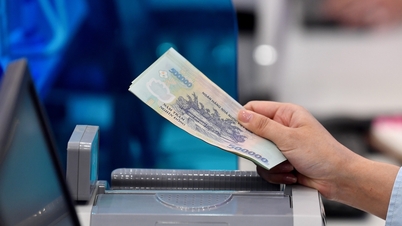

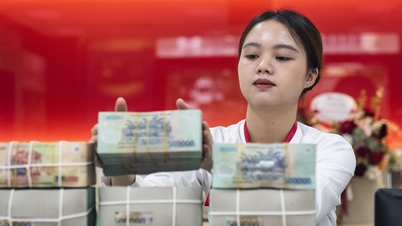




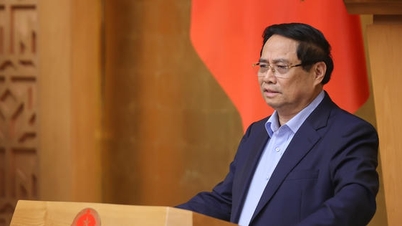

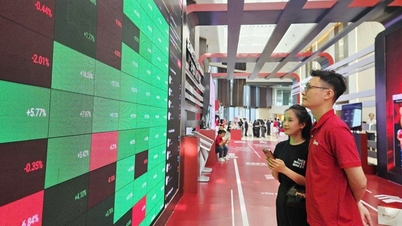








































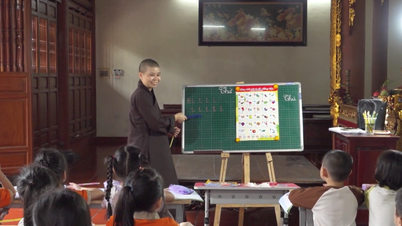


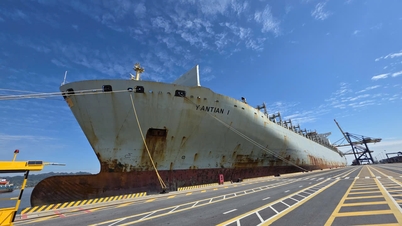
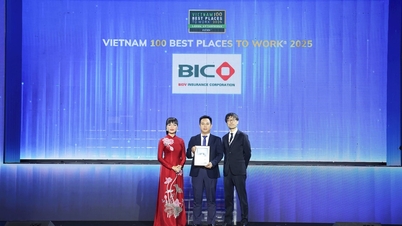



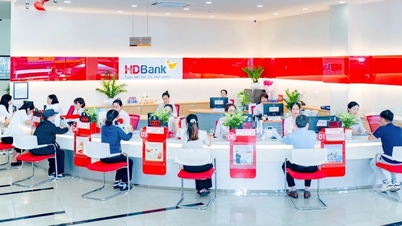








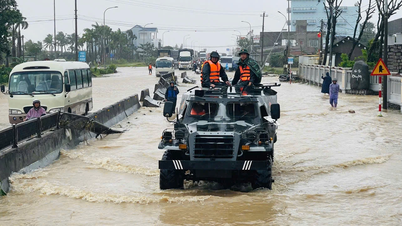


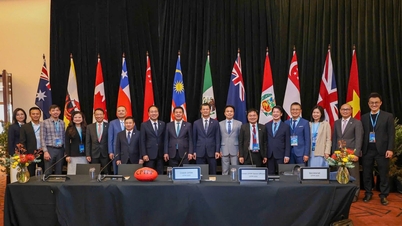

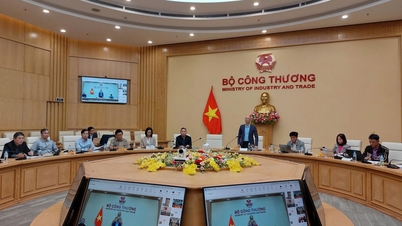







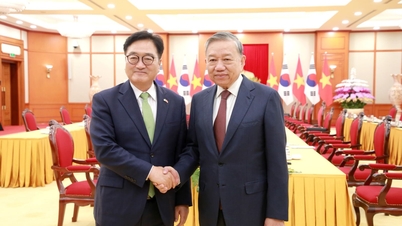





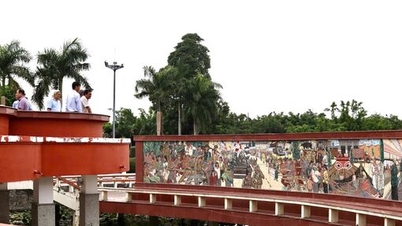

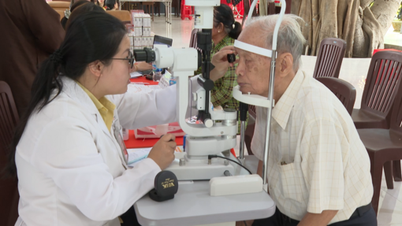



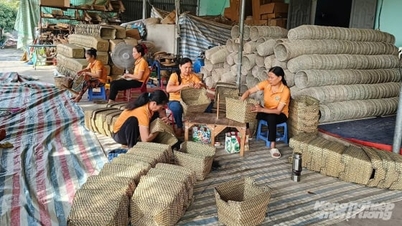












Comment (0)